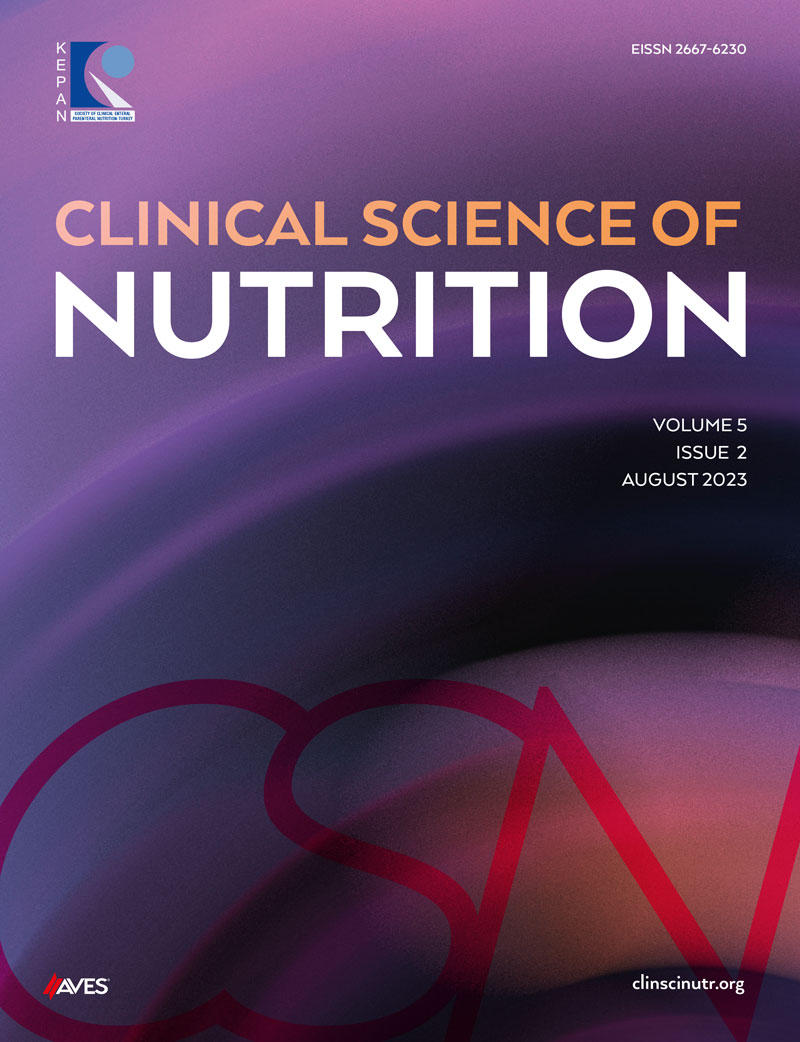Abstract
Objective: Our aim in this study is to examine the changes in the psoas muscle during the gastric cancer treatment process and to evaluate the effects on prognosis.
Methods: Twenty-eight gastric cancer patients underwent curative surgery, and chemoradiotherapy were analyzed. Changes were noted by calculating the psoas muscle areas before and after the cancer treatment. Patients were classified as high delta and low delta according to median change. The effect of muscle loss on progression-free and overall survival was examined using the logistic regression model.
Results: Psoas muscle loss was observed in all patients during the treatment. While the median psoas muscle area before treat- ment was 14.5 cm2, it was calculated to be 11.8 cm2 after treatment (P = .0). In the high-delta group with excessive muscle loss, 3-year progression-free survival was 38%, compared with 80% in the low delta group (P = .07). The 3-year overall survival was found to be 42% in the high-delta group, while it was 84% in the group with less muscle loss (P=.05).
Conclusion: Muscle loss is a negative predictive factor in gastric cancer patients undergoing surgery and chemoradiotherapy. Dynamic psoas muscle area changes during treatment may play a role in survival.
Keywords: Adjuvant radiochemotherapy, concurrent radiochemotherapy, gastric cancer, nutrition therapy, sarcopenia
Copyright and license
Copyright © 2023 The author(s). This is an open-access article under the terms of the Creative Commons Attribution License (CC BY) which permits unrestricted use, distribution, and reproduction in any medium or format, provided the original work is properly cited.










